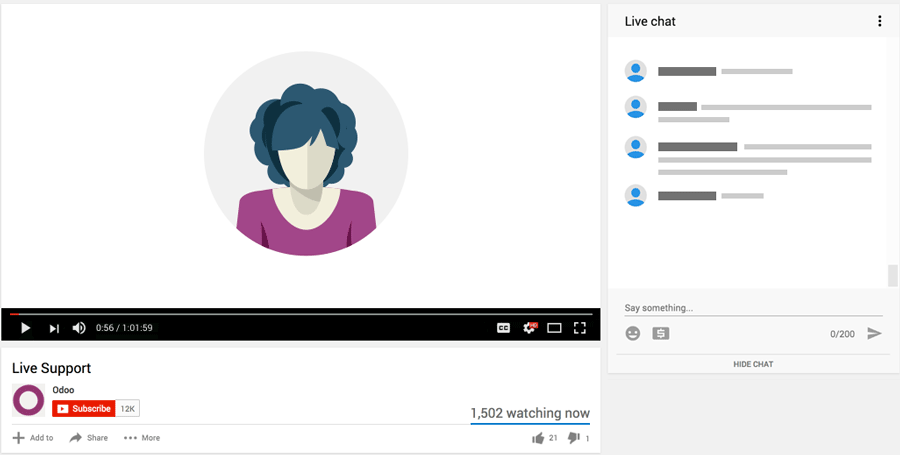Issue:
In Odoo's current MPS implementation , the "Replenishment" button is only automatically available for products that:
-
Are directly planned in the MPS,
-
Have Reordering Rules , and
-
Are not components unless specifically set to be planned independently.
So in multilevel BoMs , the components are not treated as MPS-planned items unless you explicitly configure them as such.
Why Replenishment Button Is Missing for Lower-Level Components:
-
Odoo MPS only includes products you explicitly choose to manage via MPS.
-
Components of BoMs are normally driven by dependent demand , not planned independently.
-
Therefore, the MPS won't offer a replenishment action for those components unless they are explicitly added to the MPS.
Solution: How to Enable Replenishment for Lower-Level Components
Step-by-Step:
-
Go to Inventory > Products > Products
-
Open the component product (used in your multilevel BoM)
-
Under the Inventory tab , click “Make To Stock” or “Replenish On Order (MTO)” (depending on your strategy)
-
Set up a Reordering Rule :
-
Go to the product and click “Reordering Rules”
-
Create a new rule with a minimum and maximum quantity
-
Go to Manufacturing > Planning > Master Production Schedule
-
Manually add that component to the MPS view using the “Add a Product” dropdown.
Now it will appear in the MPS grid, and the "Replenishment" button will show once you fill request.
Notes:
-
You must add each level manually if you want to plan them individually using MPS.
-
If you want MPS to work like a full MRP explosion , you must let the top-level product trigger demand for its BoM components automatically via procurement rules or reordering rules — not through the MPS screen directly.
-
MPS is designed more for top-down planning than for fully recursive BoM planning.
Thanks & Regards,
Email: contact@datainteger.com


I see this has attracted an answer from an LLM.
If the lower-level items have a route defined (Buy or Make) and a supplier or a BoM then MPS should allow you to create a PO or MO.
The example in the Odoo documentation is confusing because it tries to show too many different features in one example.